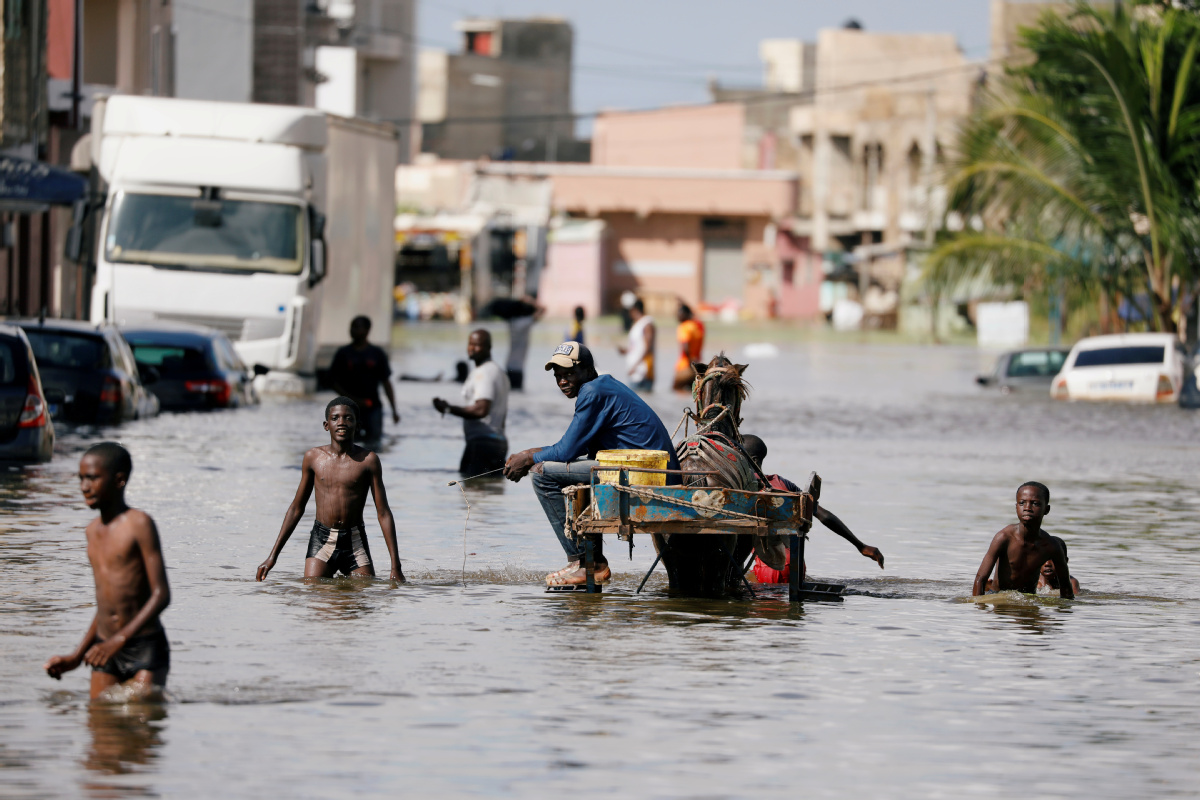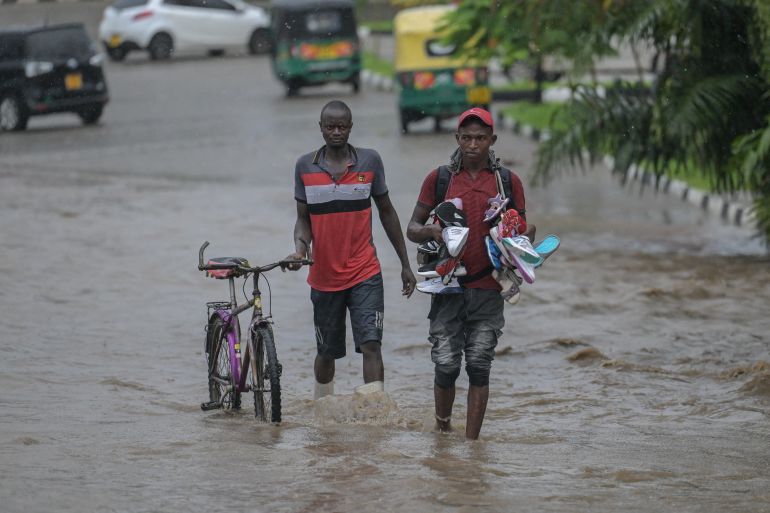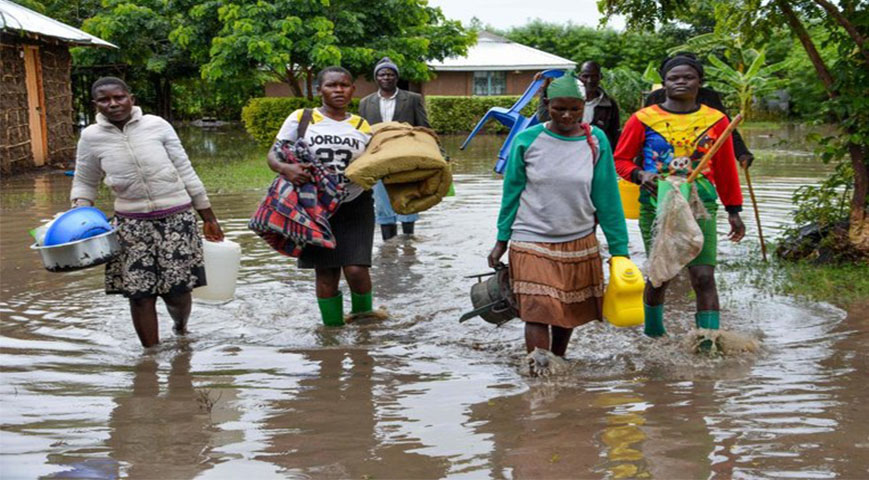The El Nino rains are expected to last until at least April 2024.
The current El Nino, which developed swiftly throughout July and August of this year, is expected to peak between now and January, according to the World Meteorological Organisation.

"There is a 90-percent likelihood it will persist throughout the upcoming northern hemisphere winter/southern hemisphere summer," it said in its latest update, adding that it was expected to last until at least April.
However, while the majority of the El Nino impact is not predicted to be felt until 2024, the World Meteorological Organisation (WMO) noted that the phenomena were occurring in the context of rapid climate change.
Did you read this?
The warmest year ever recorded is 2016, the year following an abnormally strong El Nino, but the world is already on track to break that record.

"As a result of record high land and sea-surface temperatures since June," WMO chairman Petteri Taalas said in a statement, "the year 2023 is now on track to be the warmest year on record," adding that "next year may be even warmer."
"This is clearly and unequivocally due to the contribution of the increasing concentrations of heat-trapping greenhouse gases from human activities," he added.
"Extreme events such as heatwaves, drought, wildfires, heavy rain, and floods will be exacerbated in some regions, with significant consequences," he warned, emphasizing the significance of effective early warning systems.
.jpg)
According to the World Meteorological Organisation, the most recent estimates for the present El Nino impact indicate a strong possibility of sustained warming in the central-eastern equatorial Pacific until next April.
Above-normal sea-surface temperatures are also projected across most of the world's oceans, as are above-normal temperatures across practically all terrestrial locations, according to the report.
Above-normal rainfall is also expected in the Horn of Africa region, the La Plata basin in South America, southeastern North America, and regions of central and eastern Asia.
Meanwhile, the north of South America, parts of Australia, and the Pacific islands are expected to get less rain.









